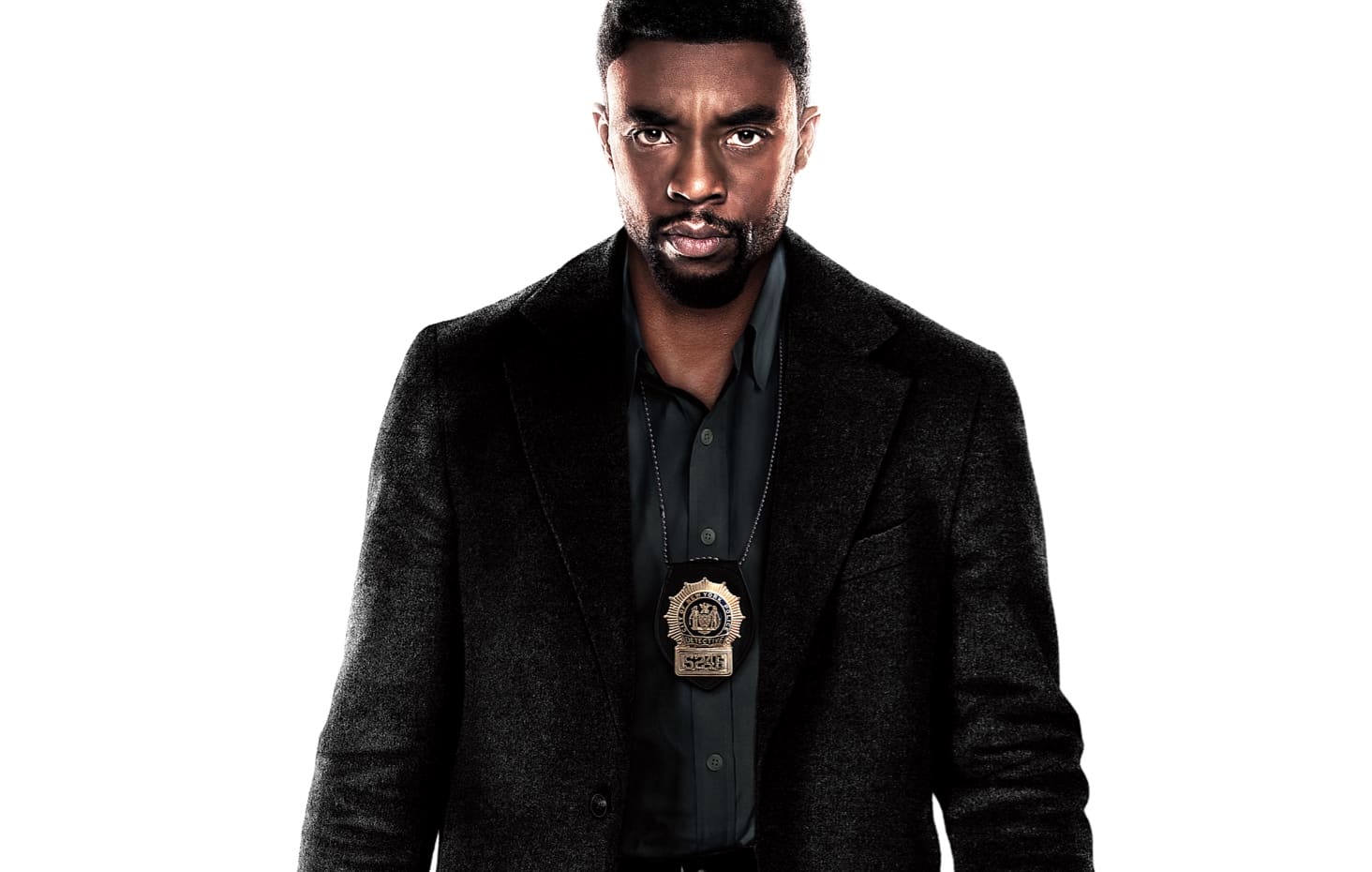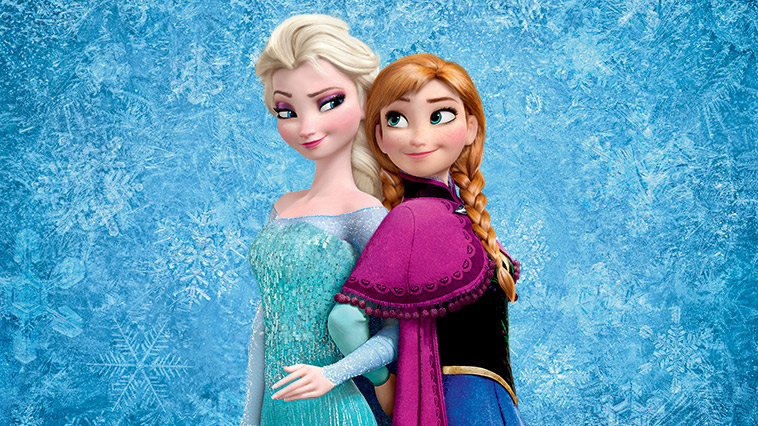Knives and Skin
by Hope Madden
Falling somewhere between David Lynch and Anna Biller in the under-charted area where the boldly surreal meets the colorfully feminist, writer/director Jennifer Reeder’s Knives and Skin offers a hypnotic look at Midwestern high school life.
When Carolyn Harper (Raven Whitley) goes missing, carefully erected false fronts start crumbling all over town. Cheerleaders take a harder look at football players. Football players cry in their Mustangs. Goth girls fondle pink dresses. Pregnant waitresses bleed at the kitchen sink.
And everyone sings impossibly appropriate Eighties alt hits acapella. Even the dead.
Knives and Skin’s pulpy noir package lets Reeder explore what it means to navigate the world as a female. As tempting as it is to pigeonhole the film as Lynchian, Reeder’s metaphors, while fluid and eccentric, are far more pointed than anything you’ll find in Twin Peaks.
She looks at relationships between mothers and daughters, as daughters toe the line between acceptable and unacceptable levels of conformity and mothers bear the toll exacted by years of fitting in.
Reeder blurs that line between popularity and ostracism, characters finding common ground as they address the question: Are you a whore or a tease?
The ire is not one-dimensional. Though toxic masculinity requires a price, the males in Middle River, even the worst among them, are as sympathetic and as damaged by expectations as anybody.
Reeder’s peculiar dialogue finds its ideal voice with Grace Smith as Joanna Kitzmiller, a jaded feminist and budding entrepreneur. Likewise, Marika Englehardt and Tim Hopper bring extraordinary nuance and sympathy to what could have been campy characters.
This cockeyed lens for the middle American pressure cooker that is high school suggests exhilarating possibilities, but does so with a melancholy absurdity that recognizes the impossibility of it all.
And in the end, all the Middle River Beavers stare longingly at the highway that leads out of town.













